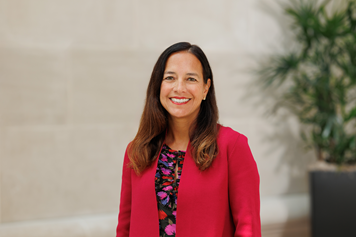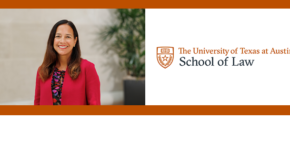 Rising costs are everywhere.
Rising costs are everywhere.
Melissa Wasserman, Charles Tilford McCormick professor of law and Associate Dean for Research at the University of Texas School of Law, looks into a novel way to reduce them for one sector.
Melissa Wasserman’s research focuses on the institutional design of innovation policy, with a particular emphasis on patent law and administrative law. Her articles have been published or are forthcoming in both student edited law reviews and peer review journals including Stanford Law Review, California Law Review, Northwestern University Law Review, Vanderbilt Law Review, Texas Law Review, Duke Law Journal, Review of Economics and Statistics, Journal of Public Economics, and American Economics Journal: Economic Policy. Professor Wasserman serves as one of forty Public Members of the Administrative Conference of the United States and served on the Board of Directors of the American Law and Economics Association.
A Novel Approach to Decrease Drug Prices
The rising cost of prescription drugs is of critical national concern. In the past year, financial considerations have led a record number of adults either to not fill prescriptions or to ration the drugs they do acquire. The debate surrounding escalating prescription drugs prices has increasingly focused on the legitimacy of so-called secondary patents, or patents that protect peripheral features of the drug such as alternate formulations of the drug rather than an active ingredient. The key question is whether these secondary patents protect novel features and represent true innovation or, instead, provide little or no innovative benefit, delaying the production of generic alternatives and unnecessarily increasing drug prices.
Improving the quality of the patent examination process can help. My recent co-authored research explored whether giving patent examiners more time to review patent applications would improve the quality of the secondary patents issued—thereby reducing the degree of unnecessary and harmful delays on generic entry. Our findings suggest that patent examiners are not given enough time to do a good job, which causes them to issue low quality secondary patents. We find that a 50 percent increase in examination time per application over just one year at the Patent Office will result in a staggering 17 years of accelerated access to generic drugs. According to our estimates, that would result in consumer savings of between $2.53 and $5.28 billion per year from lower prices and increased access to drugs.
While increasing the resources to the Patent Office is unlikely to solve the entirety of the high cost of prescription drugs problem, it seems like a good place to start.
